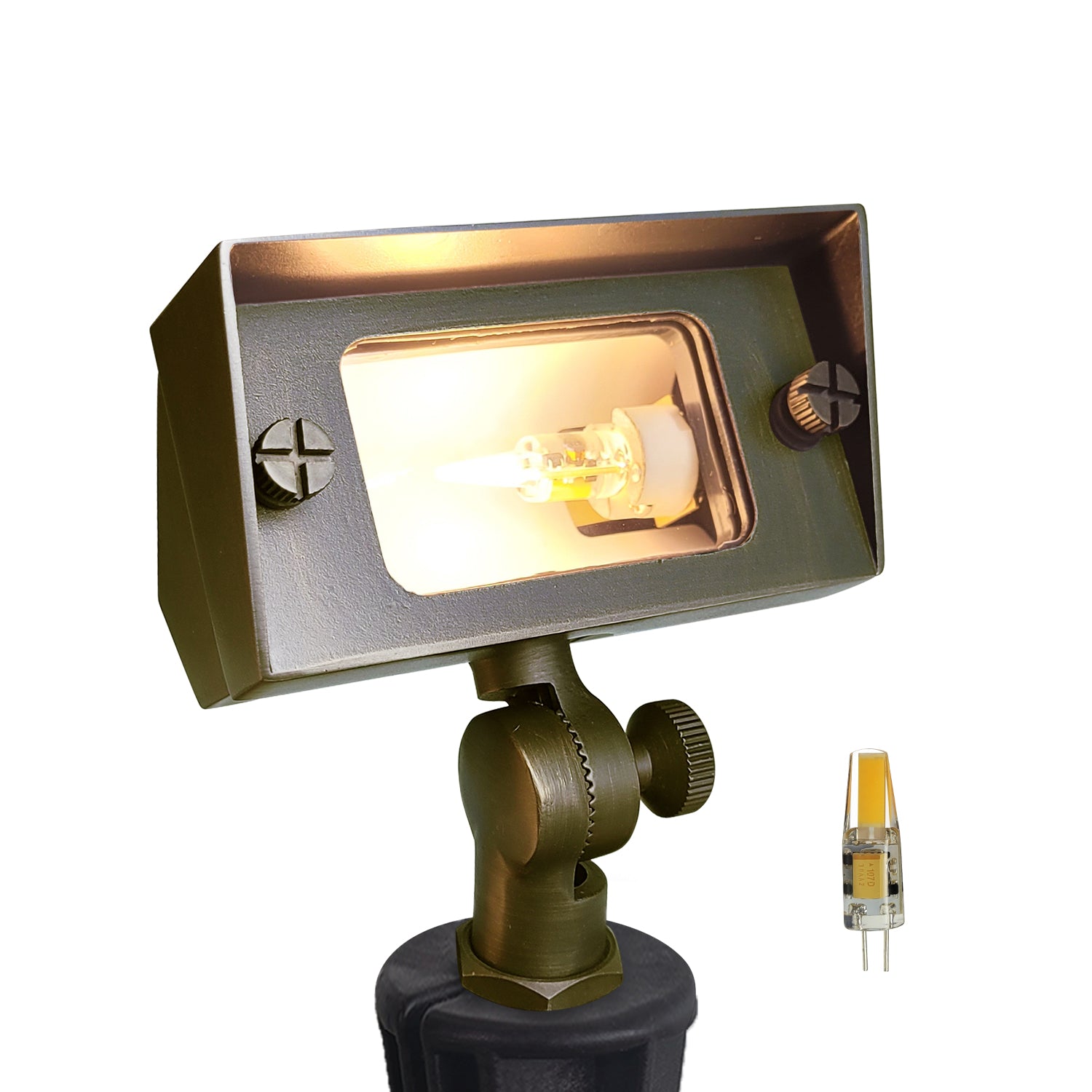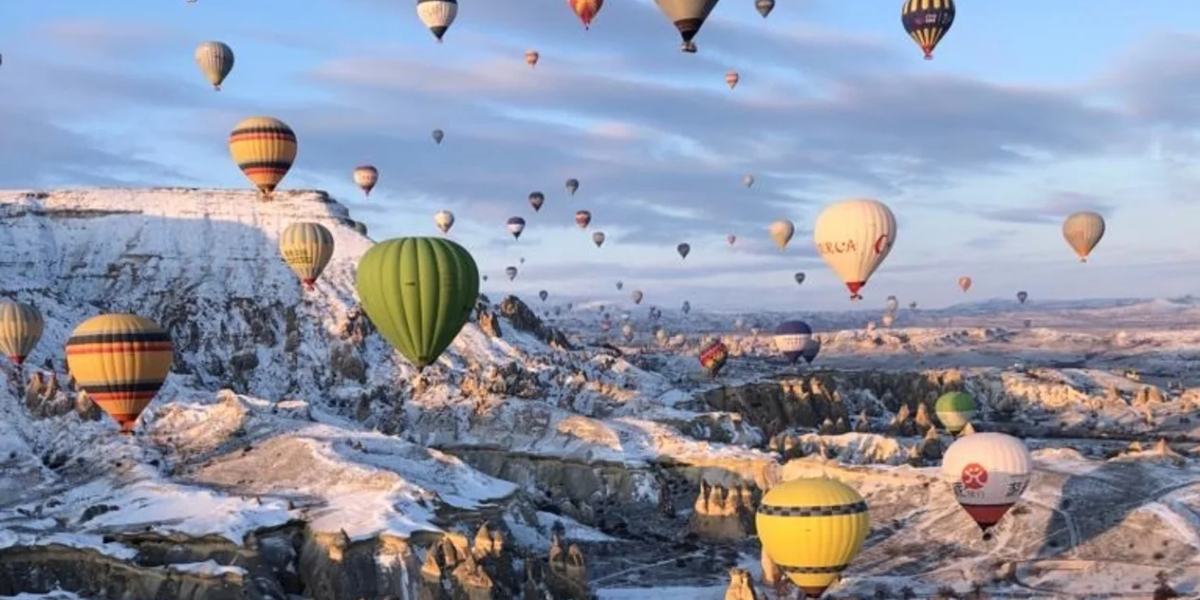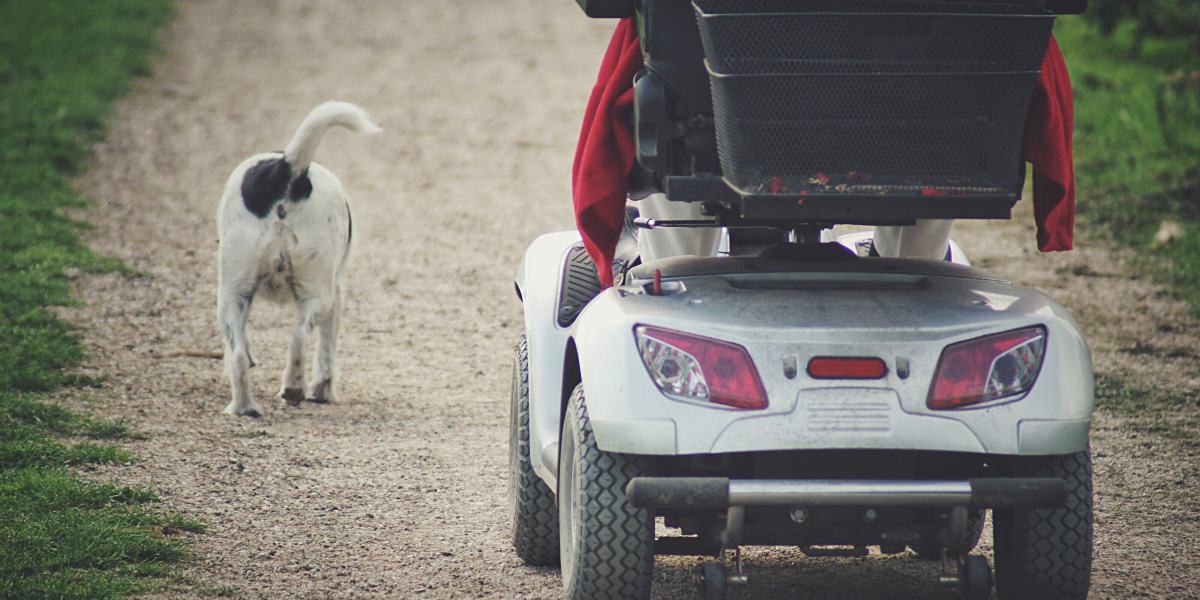Illuminate Your Outdoor Oasis: Mastering the Art of LED Floodlight Selection and Usage!
When it comes to enjoying outdoor spaces, the right lighting can transform a simple patio or deck into a stunning retreat. Outdoor lighting not only enhances the aesthetic appeal of your area but also improves safety and usability after sunset. LED floodlights are an excellent choice for illuminating these outdoor environments, offering energy efficiency, longevity, and versatility. This article aims to guide you through the process of selecting and using LED floodlights effectively, ensuring that your outdoor oasis shines brightly while being practical and inviting.

Understanding LED Floodlights
LED floodlights are powerful lighting fixtures that provide broad, intense illumination. They are characterized by their wide beam angle, which allows them to light up large outdoor areas, making them perfect for patios and decks. One of the standout features of LED floodlights is their energy efficiency; they use significantly less electricity compared to traditional halogen or incandescent floodlights. This not only reduces your energy bills but also means they have a longer lifespan, often lasting anywhere from 25,000 to 50,000 hours. This longevity makes them a cost-effective solution for outdoor lighting, as you won’t need to replace them frequently. Furthermore, LED floodlights are available in various brightness levels, making it easy to find the perfect amount of light for your needs.
Factors to Consider When Choosing LED Floodlights
Choosing the right LED floodlight involves several important factors that can affect both the functionality and ambiance of your outdoor space. First and foremost is brightness, measured in lumens. The higher the lumens, the brighter the light, which is essential for ensuring safety in darker areas. A good rule of thumb is to opt for floodlights with at least 800 lumens for effective illumination. Next, consider the color temperature of the lighting; this is measured in Kelvin (K) and can range from warm (around 2700K) to cool (up to 6500K). Warmer lights create a cozy atmosphere, while cooler lights tend to feel more energetic and vibrant. Another critical aspect is the beam angle. A wider beam angle is ideal for illuminating large areas, whereas a narrow beam can be used to highlight specific features or areas in your outdoor space. Lastly, since these lights will be exposed to the elements, it is vital to choose floodlights that are weather-resistant. Look for products with an IP rating (Ingress Protection) that indicates their ability to withstand moisture and dirt.
Brightness and Color Temperature
The significance of lumens cannot be overstated when it comes to outdoor lighting. For instance, a friend of mine installed LED floodlights in her backyard. Initially, she chose lights that were too dim, which made her patio feel uninviting in the evenings. After switching to a brighter option, she noticed a substantial improvement in both the ambiance and utility of the space. The color temperature also plays a vital role in setting the mood. If you envision hosting evening gatherings, opting for a warmer color temperature can create a welcoming environment, while cooler temperatures may be better suited for activity-focused areas.
Beam Angle and Weather Resistance
The beam angle is essential for achieving the desired lighting coverage. A wider beam angle can cover larger areas without leaving dark spots, ideal for patios where people gather. Conversely, a narrow beam can be used to spotlight decorative features like sculptures or plants. Additionally, outdoor lighting must withstand outdoor conditions. Floodlights with high weather resistance ratings will endure rain, snow, and wind, ensuring longevity and reliability. A neighbor of mine experienced this firsthand when his outdoor lights failed due to poor weatherproofing; he quickly learned the importance of choosing durable, weather-resistant options.
Best Practices for Using LED Floodlights
Once you’ve selected the right LED floodlights, how you install and position them can significantly impact their effectiveness. For optimal lighting, consider the layout of your patio or deck and identify key areas that need illumination, such as seating areas, pathways, and stairs. The height at which you mount the floodlights will also affect the spread of light; higher placements generally provide wider coverage. Safety is paramount, so ensure that all electrical installations follow local codes and regulations. Additionally, to maximize energy efficiency, consider using motion sensors or timers that allow the lights to turn on only when needed. Regular maintenance, such as cleaning the fixtures and checking for any damage, will also help ensure they stay functional and bright for years to come.
Installation and Placement Tips
When mounting LED floodlights, aim to position them at a height that allows the light to spread across the desired area without creating harsh shadows. A good approach is to install them at least 8-10 feet above ground level. Direct the lights downward to avoid glare, especially in areas where people will be gathering. For patios, placing lights around the perimeter can create a warm, inviting glow, while strategically placed floodlights can highlight beautiful landscaping features.
Energy Efficiency and Maintenance
To maximize energy savings, consider using smart LED floodlights that can be controlled via a mobile app. This allows for easy scheduling and adjustments based on your usage patterns. Regularly inspect your floodlights for dust accumulation, as dirty lenses can significantly reduce brightness. Additionally, check the connections and fixtures periodically to ensure they remain secure and functional. Taking these proactive steps will help maintain both the aesthetic and practical functions of your outdoor lighting.
Final Thoughts on LED Floodlights for Outdoor Spaces
In summary, LED floodlights are an excellent investment for enhancing the beauty and safety of your patios and decks. By understanding the unique features of LED technology and considering key factors such as brightness, color temperature, beam angle, and weather resistance, you can make informed choices that suit your outdoor space. Implementing best practices for installation and maintenance will ensure that your outdoor oasis remains illuminated and inviting for years to come. So, take the plunge and illuminate your outdoor retreat with the magic of LED floodlights!








